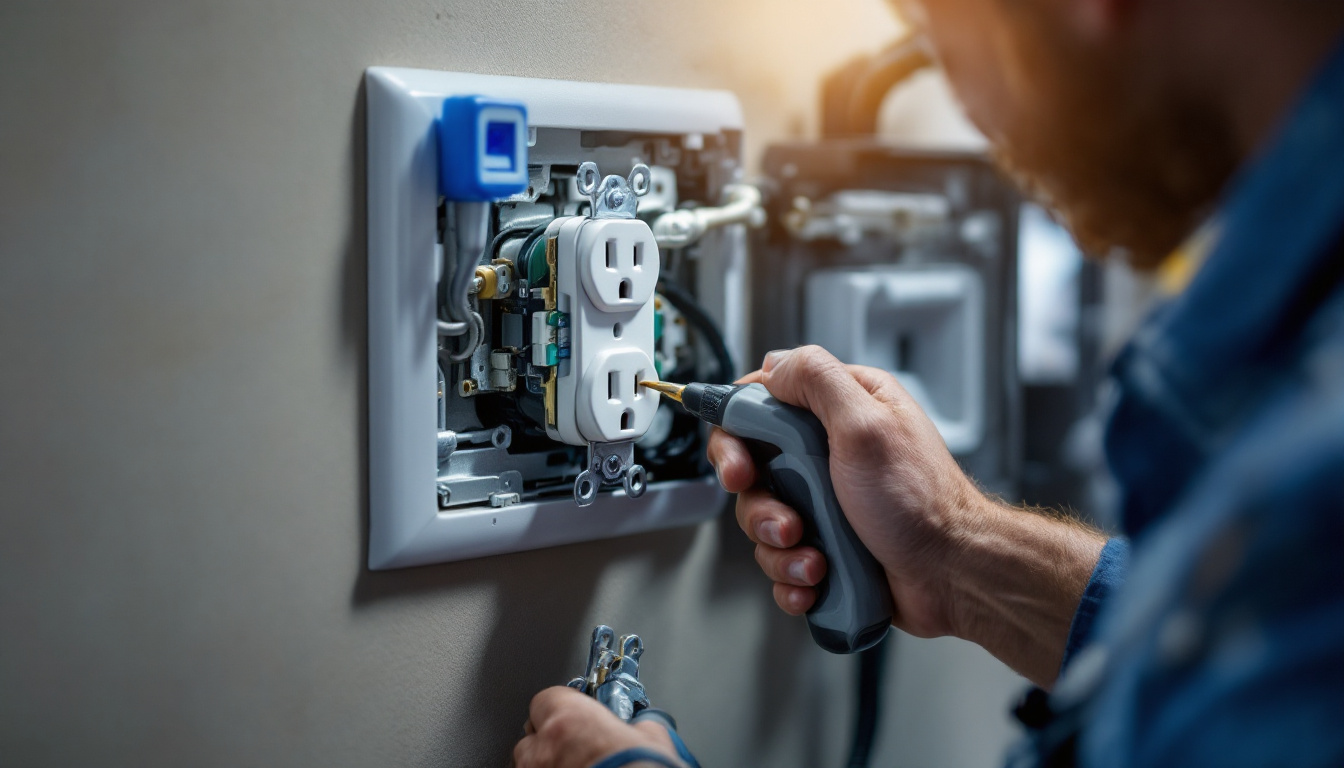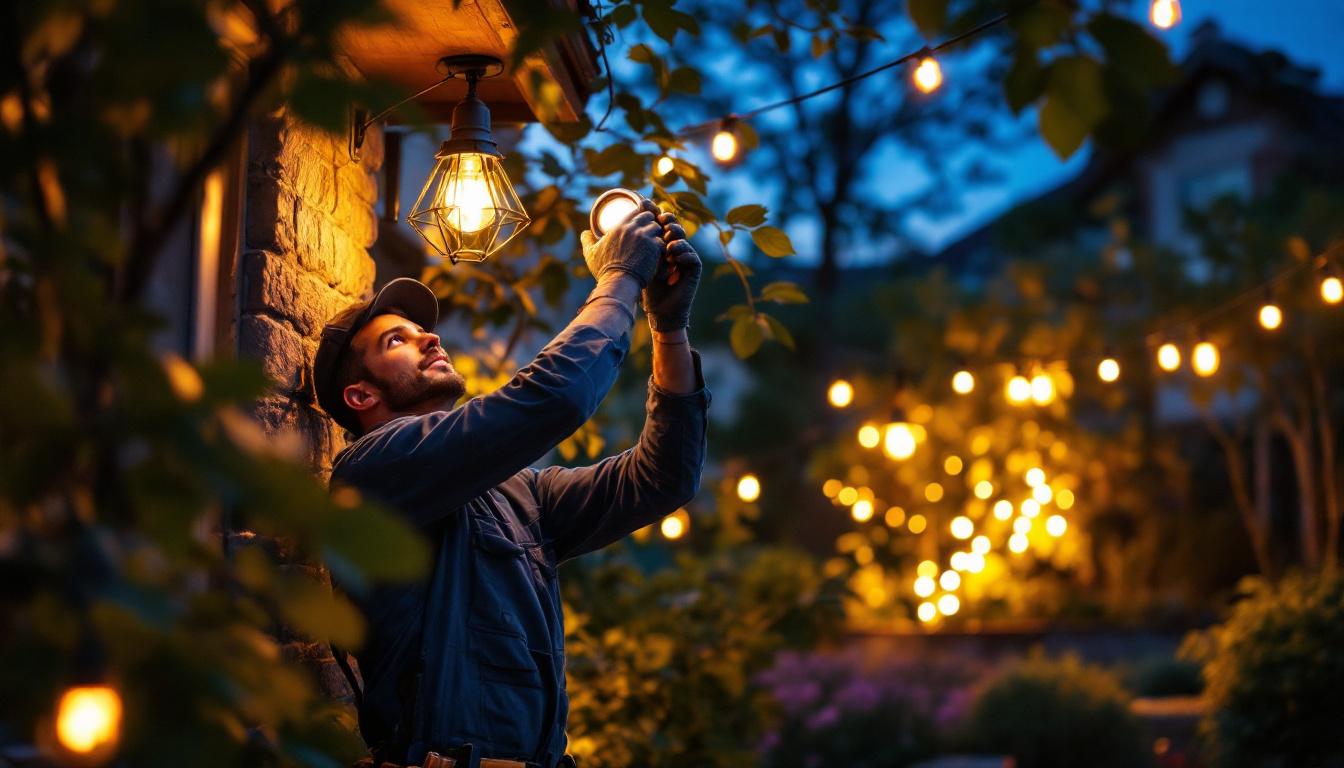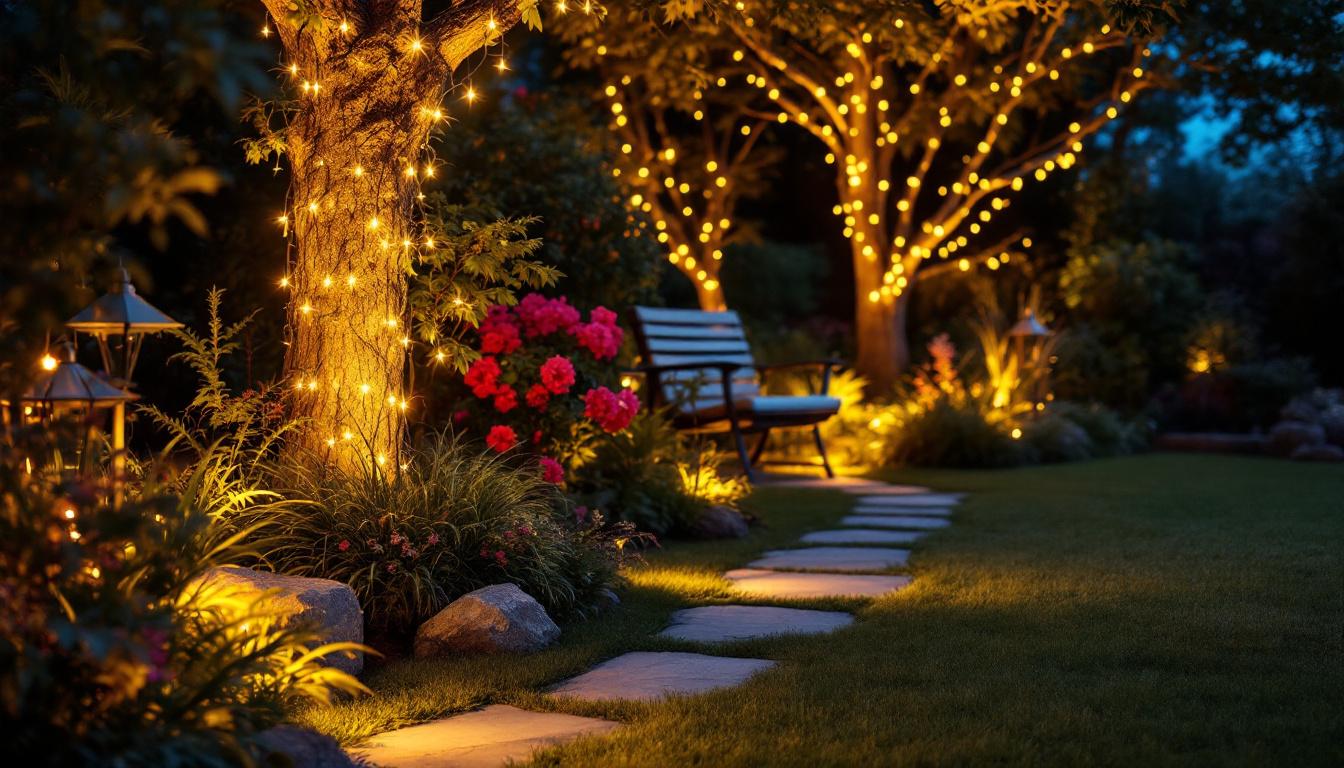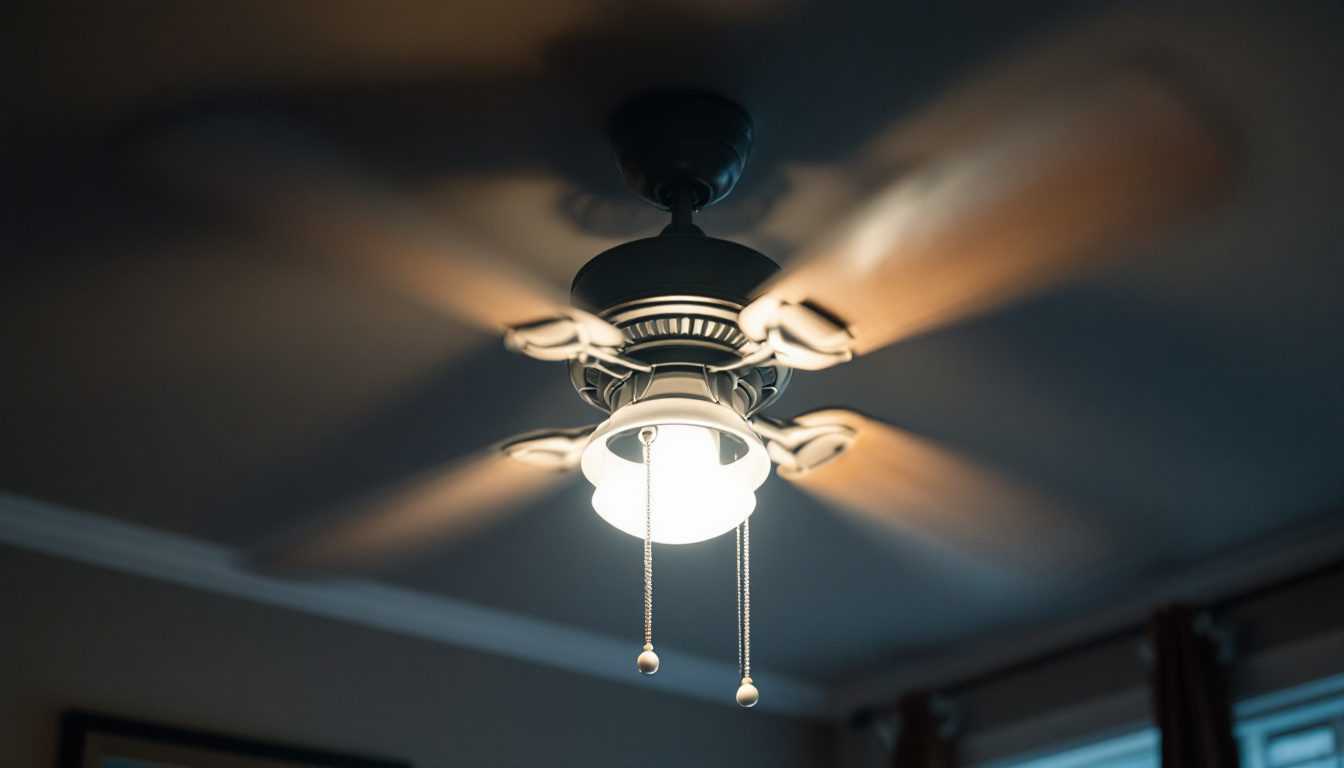
As outdoor lighting continues to evolve, motion sensor lights have become increasingly popular among homeowners and businesses alike. For lighting contractors, integrating these systems presents unique challenges that require innovative solutions. This article delves into the complexities surrounding motion sensor lights and offers strategies for lighting contractors to effectively navigate these challenges.
Motion sensor lights utilize various technologies to detect movement and illuminate spaces accordingly. The primary types of sensors include passive infrared (PIR), microwave, and dual technology sensors. Each type has its advantages and limitations, making it crucial for contractors to understand their functionality and application.
PIR sensors are the most common type of motion detectors used in outdoor lighting. They work by detecting changes in infrared radiation, which is emitted by moving objects, typically warm-blooded animals. These sensors are ideal for residential applications, as they are cost-effective and energy-efficient.
However, PIR sensors can be sensitive to environmental factors such as temperature changes and obstacles, which may lead to false triggers. Understanding these limitations is essential for contractors to ensure proper installation and placement. For instance, positioning the sensor too close to heat sources like air conditioning units or direct sunlight can cause erratic behavior. Additionally, the angle and height at which the sensor is mounted can significantly affect its performance, making it vital for installers to consider the layout of the area being monitored.
Microwave sensors operate by emitting microwave signals and measuring the reflection of those signals off moving objects. They have a wider detection range compared to PIR sensors and can penetrate obstacles like foliage and walls. This makes them suitable for commercial applications where broader coverage is necessary.
Despite their advantages, microwave sensors can be more expensive and may require more complex installation processes. Contractors must weigh the benefits against the costs when recommending solutions to clients. Furthermore, these sensors can sometimes be triggered by non-human movement, such as animals or even swaying branches, which can lead to unnecessary lighting activation. Therefore, careful consideration of the installation environment is crucial to optimize their effectiveness and minimize disruptions.
Combining both PIR and microwave technologies, dual technology sensors offer enhanced reliability. They minimize false alarms by requiring both types of detection to trigger the light. This makes them ideal for high-traffic areas or locations with varying environmental conditions.
While these sensors provide superior performance, they also come at a higher price point. Contractors should consider the specific needs of the project and the budget constraints of their clients when proposing dual technology options. Additionally, the integration of dual technology sensors into smart home systems is becoming increasingly popular, allowing for remote monitoring and control. This capability not only enhances security but also provides users with valuable data about movement patterns, enabling more informed decisions regarding lighting and security measures. As technology continues to evolve, the potential applications for dual technology sensors are expanding, making them a worthwhile investment for both residential and commercial clients.
Installing motion sensor lights can present several challenges, from site assessment to wiring and configuration. Understanding these challenges is key to ensuring a successful installation process.
A thorough site assessment is crucial for determining the optimal locations for motion sensor lights. Factors such as the layout of the property, existing structures, and potential obstructions must be considered. Contractors should conduct a comprehensive evaluation to identify the best positions for sensors to maximize coverage and minimize false triggers.
Additionally, planning the installation should involve discussions with clients about their specific needs and preferences. This collaborative approach ensures that the final setup aligns with the client’s expectations and enhances their satisfaction.
Wiring motion sensor lights can be challenging, especially in existing structures where retrofitting may be necessary. Contractors must be adept at navigating electrical systems and ensuring that the lights are properly connected to a reliable power source. This may involve running new wiring, which can be labor-intensive and time-consuming.
Furthermore, outdoor installations must comply with local electrical codes and regulations. Contractors should stay informed about these requirements to avoid potential issues and ensure the safety of the installation.
Once installed, motion sensor lights require careful configuration and calibration to function optimally. This includes adjusting sensitivity settings, detection range, and timing for how long the lights remain on after activation. Each installation is unique, and contractors must take the time to fine-tune these settings to meet the specific needs of the environment.
Failing to properly configure the sensors can lead to dissatisfaction from clients, as lights may either fail to activate when needed or trigger unnecessarily. A thorough understanding of the technology and its settings is essential for contractors to deliver quality installations.
Effective communication with clients is vital throughout the installation process. Educating clients about motion sensor technology and its benefits can help manage their expectations and enhance their overall experience.
Clients may be unfamiliar with the advantages of motion sensor lights, such as energy efficiency, enhanced security, and convenience. Taking the time to explain these benefits can help clients appreciate the value of their investment. Highlighting how motion sensors can deter intruders and provide illumination when needed can be persuasive selling points.
Moreover, discussing the long-term cost savings associated with energy-efficient lighting can further encourage clients to opt for motion sensor solutions. Contractors should be prepared to provide real-world examples and data to support their claims.
It’s essential for contractors to set realistic expectations regarding the performance of motion sensor lights. While they are effective in many scenarios, clients should understand that environmental factors can influence their functionality. For instance, heavy rain, snow, or extreme temperatures may affect sensor performance.
By addressing these potential challenges upfront, contractors can prevent misunderstandings and foster trust with clients. Open communication about what clients can expect will enhance their satisfaction with the final installation.
After the installation, clients may require guidance on how to maintain their motion sensor lights. Offering tips on cleaning sensors, checking for obstructions, and adjusting settings can empower clients to take an active role in their lighting systems.
Additionally, contractors should inform clients about the importance of regular maintenance checks to ensure optimal performance. Providing a maintenance schedule or recommending periodic inspections can help clients keep their systems functioning effectively over time.
Even with careful planning and execution, issues can arise with motion sensor lights. Being prepared to address common problems can enhance a contractor’s reputation and client satisfaction.
One of the most common issues with motion sensor lights is false triggers. These can occur due to environmental factors, such as passing cars, animals, or even swaying branches. Contractors should be equipped to troubleshoot these issues by adjusting sensor sensitivity or repositioning the lights to minimize interference.
In some cases, clients may need to be educated on the normal behavior of motion sensors and what to expect. Providing clear explanations can help alleviate concerns and reinforce the contractor’s expertise.
Inconsistent performance can also be a source of frustration for clients. Factors such as battery life in solar-powered lights or electrical issues in wired systems can affect functionality. Contractors should be prepared to diagnose these problems quickly and offer solutions to restore consistent performance.
Regular follow-ups with clients can help identify any performance issues early on, allowing for timely intervention and maintenance.
As smart home technology becomes more prevalent, clients may seek to integrate their motion sensor lights with existing smart systems. This can present challenges, particularly if the contractor is not familiar with the specific technology involved.
Contractors should stay updated on the latest smart home technologies and be prepared to offer integration solutions. Providing guidance on compatible systems and installation processes can enhance the contractor’s value and appeal to tech-savvy clients.
The landscape of outdoor motion sensor lighting is continually evolving, influenced by advancements in technology and changing consumer preferences. Staying informed about these trends is essential for lighting contractors looking to remain competitive.
As sustainability becomes a priority for many consumers, energy-efficient lighting solutions are in high demand. Motion sensor lights, particularly those powered by solar energy, align with this trend by reducing energy consumption and minimizing environmental impact.
Contractors should be prepared to offer eco-friendly options and educate clients about the benefits of sustainable lighting solutions. Highlighting the long-term savings associated with energy-efficient products can further persuade clients to invest in these technologies.
The rise of smart home technology is transforming the way consumers interact with their lighting systems. Motion sensor lights that can be controlled remotely or integrated with home automation systems are becoming increasingly popular.
Contractors should familiarize themselves with smart lighting technologies and be prepared to recommend compatible products. Offering clients the ability to control their outdoor lighting via smartphone apps or voice commands can enhance their overall experience and satisfaction.
As security concerns continue to grow, motion sensor lights are evolving to incorporate advanced security features. Innovations such as built-in cameras, alarms, and mobile alerts are becoming more common in outdoor lighting systems.
Contractors should stay informed about these advancements and be prepared to offer clients cutting-edge solutions that enhance their security measures. Providing comprehensive security lighting packages can set a contractor apart from the competition and meet the evolving needs of clients.
Motion sensor lights offer numerous benefits for outdoor lighting, but they also present unique challenges for lighting contractors. By understanding the technology, addressing installation challenges, educating clients, and staying informed about industry trends, contractors can successfully navigate these complexities.
Ultimately, a commitment to quality installations and customer satisfaction will help contractors thrive in the competitive landscape of outdoor lighting. Embracing innovation and adapting to changing consumer demands will ensure continued success in the ever-evolving world of motion sensor lighting.
Ready to elevate your outdoor lighting projects with the latest in motion sensor technology? Look no further than LumenWholesale for all your lighting needs. We provide contractors with high-quality, specification-grade lighting products at unbeatable wholesale prices. Our extensive selection is designed to meet the highest industry standards, ensuring you deliver reliable and high-performance lighting to your clients. With free shipping on bulk orders, you can trust that you’re getting premium lighting solutions at the best value — without any hidden fees. Make your next project a shining success with the quality, affordability, and convenience offered by LumenWholesale. Wholesale Lighting at the Best Value.

Discover effective strategies for training your team on the intricacies of dryer electrical outlets and lighting systems.

Discover the key traits that distinguish top lighting contractors in the industry.

Discover how to transform your outdoor space with affordable landscape lighting solutions.

Unlock the secrets of lighting contractors with an in-depth exploration of fan components.